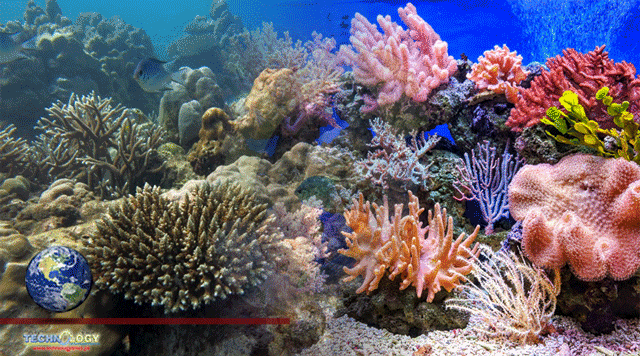The US National Science Foundation (NSF) and the UK’s Natural Environmental Research Council (NERC) are providing funding for the expedition.

The Galapagos Marine Reserve (GMR) is the first marine protected area (MPA) in which extensive, ancient deep-sea coral reefs have been found by scientists. This MPA was created in 1998.
The summit of a previously uncharted seamount in the middle of the archipelago is where the first reef was discovered, and it is home to a breathtaking variety of deep marine life. The reef is 400–600m (1,310–1,970 feet) deep.
While diving in the Woods Hole Oceanographic Institution’s deep-sea research submersible Alvin, Drs. Michelle Taylor and Stuart Banks came across an impressive reef structure. It covers a distance of several kilometres and crests the volcano’s ridge underwater.
Recent improvements to the submersible’s imaging systems, including improved high-quality still and ultra-high definition 4K video ones, as well as improved sampling capacities, were completed. On the US Navy-owned and WHOI-operated research vessel R/V Atlantis, which is engaged in the Galápagos Deep 2023 expedition, Taylor and Banks are among a global team of scientists.
The US National Science Foundation (NSF) and the UK’s Natural Environmental Research Council (NERC) are providing funding for the expedition.
Jose Antonio Dávalos, Ecuador’s Minister of the Environment, commented on the discovery of a new marine protected area in the Eastern Tropical Pacific.
This is a positive development, as it reaffirms Ecuador’s commitment to creating new marine protected areas and advancing the establishment of a regional marine protected area.
The Global Ocean Alliance’s 30×30 commitments, which aim to protect at least 30% of the world’s oceans by 2030, are another reason to work towards fulfilling them.
In the depths of the Galápagos Marine Reserve (GMR), sheltered deep-sea coral reefs communities have probably endured for centuries, supporting rich, diverse, and possibly unique marine communities, as shown by the discovery of Wellington Reef off the coast of Darwin Island.
Wellington Reef was previously believed to be one of the few structural shallow coral reefs to have survived the El Nio event of 1982–1983.
The Galapagos National Park Directorate and partners are exploring the oldest and pristine reefs in the world’s oceans. This provides a frame of reference to understand their significance for the preservation of marine natural biodiversity, connectivity with local MPAs, and their function in the provision of goods and services.
Over 95% of the known GMR is covered by open waters, with less than 5% having been investigated by contemporary research expeditions. The Galapagos National Park Directorate and partners will work to ensure any newly discovered habitats are incorporated into the planning process for the GMR and Hermandad Marine Reserve.
The expedition’s co-leader and chair of the Deep Sea Society, Dr. Michelle Taylor of the University of Essex, emphasises the significance of this finding for deep sea habitats.
Rarely, the reefs discovered in the last few days contain 50–60% live coral in many locations. In addition to pink octopus, batfish, squat lobsters, and a variety of deep-sea fish, sharks, and rays, they are pristine and teeming with life.
These reefs have the potential to be important on a global scale, and they can be watched over time to see how pristine habitats change in response to climate change.
Using cutting-edge deep-submergence and seafloor mapping technologies as well as creative deep-sea imaging techniques, Dr. Daniel J. Fornari, a marine geologist and Emeritus Research Scholar at the Woods Hole Oceanographic Institution, is leading an expedition to explore the Galápagos Platform with Alvin and Atlantis.
Decisions about management and conservation can be informed by these and other scientific findings. The countries of Panama, Costa Rica, Colombia, and Ecuador in the Eastern Tropical Pacific are cooperating to protect and manage the ocean through a regional Marine Corridor initiative.
Recently created MPAs link seamounts in Ecuadorian waters to offshore marine environments. Special precautions are needed to protect migratory routes, foraging areas, and ethical fisheries.